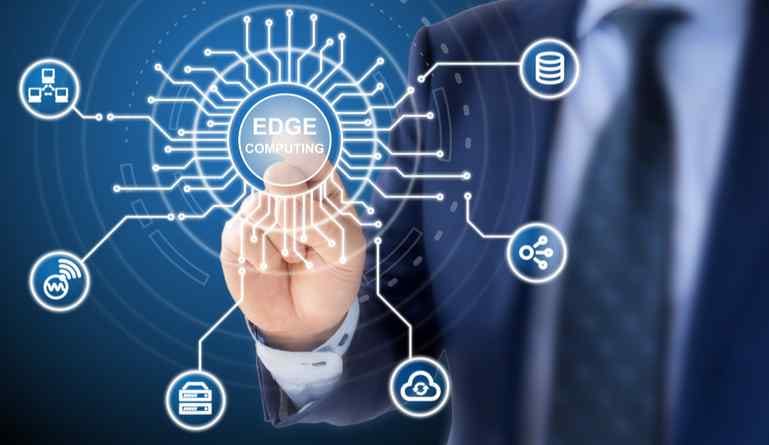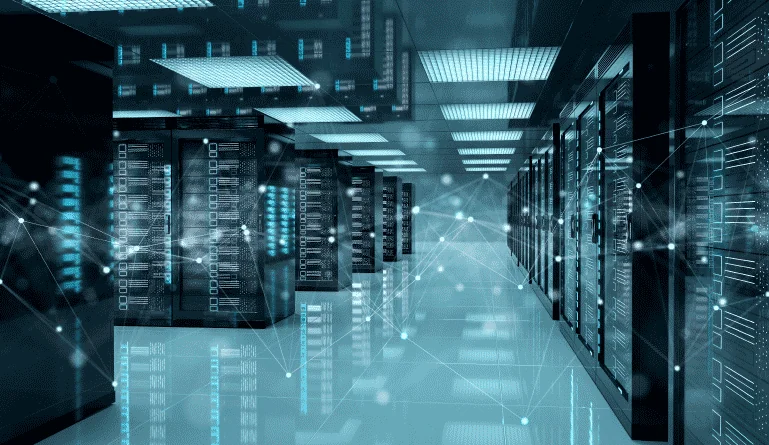Innovation and productivity thrive on technology. Continued technological evolutions have widespread applications across all industries. As the Internet of Things, or IoT, continues to develop, more businesses of all kinds – from industrial manufacturers to healthcare companies – see the benefit of smart and connected devices helping to streamline their operations. The technology to allow IoT to perform at its best is also changing. Here’s what to know.
What is edge computing?
Network World defines edge computing as the technology that “allows data produced by the internet of things (IoT) devices to be processed closer to where it is created instead of sending it across long routes to data centers or clouds. Doing this computing closer to the edge of the network lets organizations analyze important data in near real-time – a need for organizations across many industries, including manufacturing, health care, telecommunications, and finance.”
This means that the physical computing infrastructure exists close to the sources of data. Computing servers and devices used to access and manage industrial machines like wind turbines or MRI machines industrial controllers are closer to the physical pieces of equipment. Many IoT devices and connected equipment aggregate data from a variety of places and sensors, and edge computing devices serve as a sort of direct cloud computing channel to help store, filter and send data between the cloud and devices faster. As technology advances, however, more edge computing systems are able to compute, interpret, and even act on data at machine locations.
Edge computing isn’t new, but there are several ways that the state of technology has made it more viable for businesses to scale and also to see significant benefit from, including:
- Reduced cost of computing sensors
- Growth of computing power in smaller devices
- Increased access to data through new devices
- Modern machine learning and analytics capabilities to analyze and interpret data
The relationship between improved hardware and software, then, continues to be significant.
Technology always breeds more technology and the increased business capabilities that go along with it.
Edge computing vs. fog computing
Fog computing and edge computing are alike. As the GE blog notes, “fog computing and its role in the Internet of Things (IoT) has similar goals as edge computing—push intelligence and computing power closer to the source of the data… but whereas fog networks focus on edge devices that speak to each other, such as IoT gateways, edge computing is focused on the devices and technology that is actually attached to the ‘thing’, such as industrial machines.”
Fog computing is growing in its applications and usefulness and will no doubt affect certain businesses in a significant way of going forward.
Edge computing vs. cloud computing
Edge computing isn’t “cloud computing light” or some kind of advanced fog computing. For the most performance to be seen from IoT devices and cloud-computing industrial equipment, it’s important for these technologies to work together. In fact, edge computing can’t function without cloud computing.
General Electric uses a good metaphor to describe the relationship between the two related technologies. “When you consider edge and cloud, think about the way you use your two hands. You will use one or both depending on the action required…Scenarios in which edge computing will dominate include a need for low latency (speed is of the essence) or where there are bandwidth constraints (locations such as a mine or an offshore oil platform that make it neither practical or affordable, and in some cases impossible, to send all data from machines to the cloud). It will also be important when the Internet or cellular connections are spotty. Cloud computing will take a more dominant position when actions require significant computing power, managing data volumes from across plants, asset health monitoring, and machine learning, and so on.”
Ultimately, cloud computing and edge computing are incredibly valuable and the best use case for each will apply to the specific situation and goal. With an increasingly connected, data-rich world, it’s important to have several options to handle the various kinds of and amount of data that businesses have access to, need to store or have to analyze.
Benefits of edge computing
There are several ways that edge computing will play a critical role in businesses. In addition to increasing connectivity and productivity, it can enable businesses to see:
- Increased safety through predictive maintenance
- Reduced operating costs
- Improved data security
- Better data reliability for better insight, faster, easier decision making, and increased business flexibility
- Improved energy efficiency
Not every business or industry will have a need for immediate use for edge computing, but for certain organizations, it will be integral to their future success. Decentralization, as offered by fog computing and edge computing capabilities, is one of the most important and business-changing technology trends. It offers businesses increased and faster access to data, as well as, in some situations, increased security features, and capabilities.





